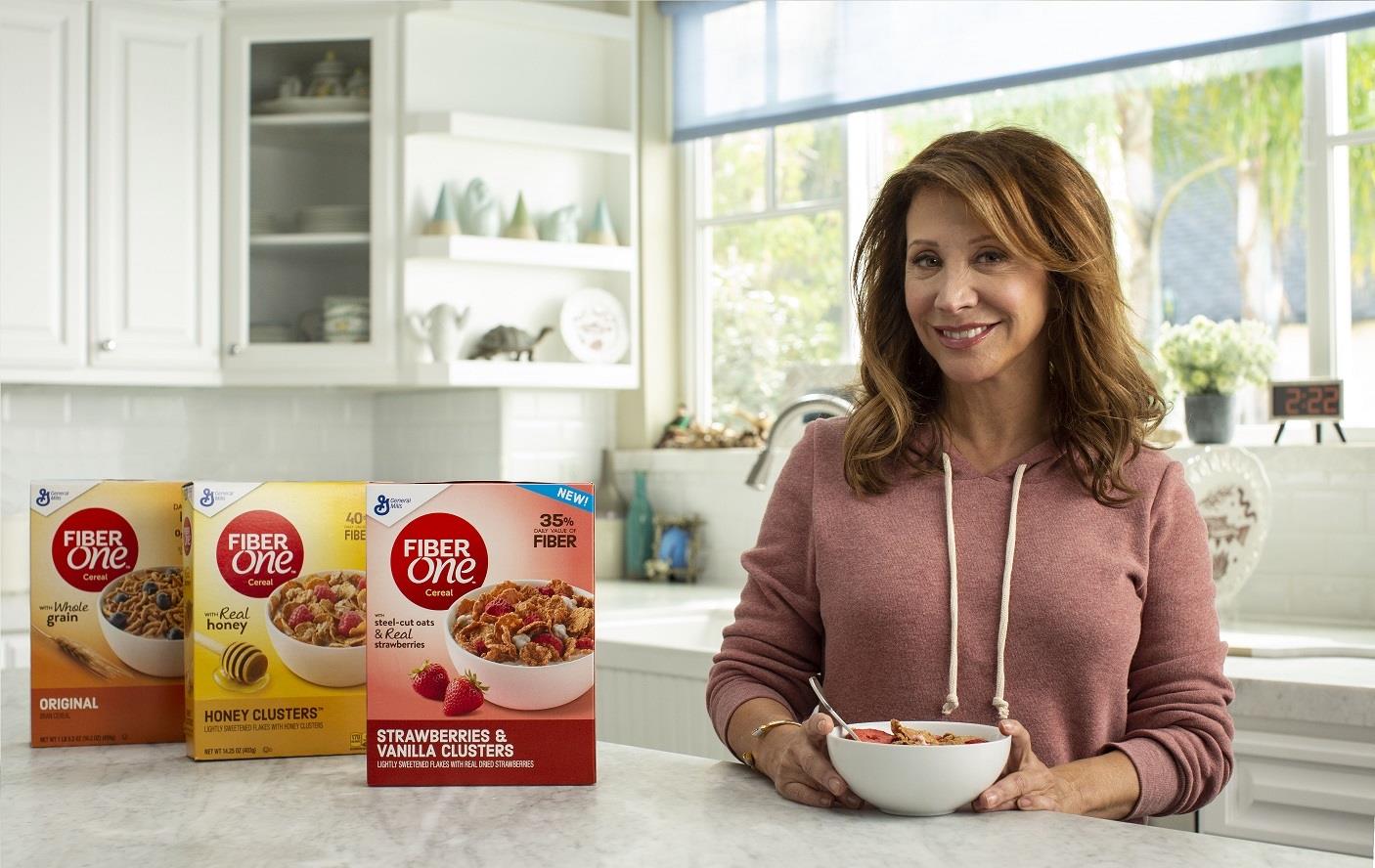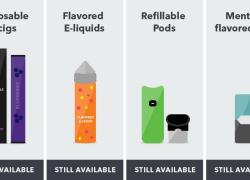Why Your New Year's Resolution Should Be to Eat More Fiber
(NewsUSA) - The start of a new year is a great time to check in with yourself and think about how you want to improve for the year ahead. But unfortunately, many New Year's resolutions aren't realistic and wind up lasting just two to three weeks. Here's a resolution that's easy to stick to and can also make a big difference in your overall health and wellness: eat more fiber.
- The start of a new year is a great time to check in with yourself and think about how you want to improve for the year ahead. But unfortunately, many New Year's resolutions aren't realistic and wind up lasting just two to three weeks. Here's a resolution that's easy to stick to and can also make a big difference in your overall health and wellness: eat more fiber.
Fiber can play an important role in reaching your health and wellness goals in 2019. It's probably best known for its ability to help keep your digestive system moving, but there are other benefits as well - like helping to promote a feeling of fullness.
Even with fiber's well-known health benefits, nine out of 10 Americans aren't getting enough in their daily diet, according to the National Health and Nutrition Examination Survey (NHANES) 2015-2016. Lauren Harris-Pincus, MS, RDN thinks she knows why.
"Fiber can be confusing," Harris-Pincus explains. "I think many people have experienced tummy trouble when they ate too much fiber and it overwhelmed their digestive system. With a simple strategy of introducing fiber slowly, they can receive all the health benefits without any discomfort."
The 2015-2020 Dietary Guidelines for Americans recommend that women get 25 grams and men get 38 grams of fiber every day, but most only average 15 grams. Instead of aiming for 25-38 grams on day one, Harris-Pincus has some tips on how you can make this resolution stick:
* Only increase your fiber intake by three to five grams each day. That way, you give your body time to adjust.
* Mix in high-fiber foods with your regular diet. As you're ramping up your fiber intake, start by adding fiber to foods you already eat. It could be as simple as adding a high-fiber cereal to a yogurt parfait or adding nuts and berries to your salad.
* Drink more water. Insoluble fiber doesn't dissolve in water, so make sure you drink plenty of fluids to help carry the fiber through your body. By eating more fiber and drinking more water, you're helping your digestive system do its job more efficiently.
* Find a great-tasting fiber you love. Instead of viewing fiber as a chore, or something you "have to" eat, find a high-fiber option that you can look forward to eating.
"I think everyone has this idea of fiber as bland and boring," Harris-Pincus says. "But what people don't realize is that there are tons of great-tasting, high-fiber foods. The easiest place to start is with your morning cereal."
Fiber One recently introduced a new fiber-rich cereal that, well, doesn't taste like a fiber-rich cereal. Fiber One Strawberries and Vanilla Clusters is made with real strawberries and sweet vanilla clusters, but still contains 35 percent of the Daily Value of fiber in every one-cup serving. No pills, nothing to stir, just real food that makes fiber something you can enjoy eating.
And for when you're ready to increase your fiber intake even more, Fiber One Honey Clusters has 40 percent of the Daily Value of fiber, and Fiber One Original Bran has 55 percent.
Beyond cereal, Harris-Pincus recommends eating whole fruits and vegetables, leaving the skin on things like apples and potatoes. Beans and legumes are another excellent source of fiber, so don't shy away from the black beans in your fajitas. For easy snacks, popcorn is another fiber-rich option with four grams of fiber in just three cups of popcorn.
"Fiber really is overlooked, which is a shame because it can be this great-tasting, powerhouse nutrient," Harris-Pincus explains. "New Year's resolutions are usually all about cutting calories or increasing protein, when in reality fiber can do all these amazing things for your body. You just have to start eating more of it to realize the benefits."













